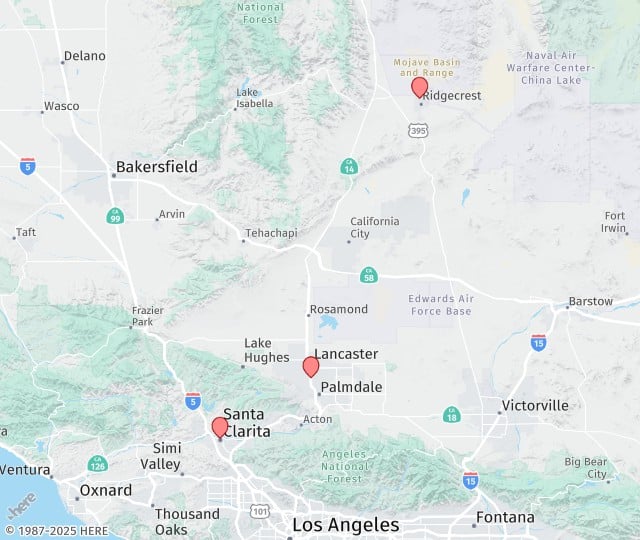Tympanostomy/Tubes
Although ear tube surgery is a relatively common procedure, surgery is not the first choice of treatment for middle ear infections. Antibiotics are usually the first course of treatment for bacterial ear infections; in many cases, acute ear infections may resolve without treatment of any kind. Many ear infections are viral and antibiotics do not help. These infections need to improve on their own, and only time can help them heal. But if your child’s ear infections recur frequently, or if your child has a hearing loss or speech delay, Dr. Campano may suggest surgery to drain fluid from the middle ear and insert a ventilation tube. Because many children have had infections in both ears, surgery is typically performed in both ears.
A tiny tube, also called pressure equalization (PE) or tympanostomy tube, is inserted into the eardrum. It is designed to ventilate as well as equalize pressure in the middle ear. This will help prevent infection and the accumulation of fluid. Hearing can then be normalized. The tube does not impair hearing. It remains in place for about 6 to 18 months or more. Tympanostomy tubes greatly reduce the occurrence of further ear infections.
Steps During Surgery:
Your child will receive general anesthesia. This means the surgery will be performed in a hospital so that an anesthesiologist can monitor your child. The procedure generally takes about 10 to 15 minutes. Dr. Campano will make a small hole in the eardrum and remove fluid from the middle ear using suction. Because Dr. Campano can reach the eardrum through the ear canal, there is no visible incision. Inserting a small metal or plastic tube into the hole in the eardrum finishes the procedure.
After Surgery
After surgery, your child will wake up in the recovery area. The total time spent in the hospital is a few hours. Very young children or those with additional medical problems may stay for a longer period of time.
A substance such as water may sometimes enter the middle ear through the tube. This is generally not a problem. Dr. Campano may or may not feel that earplugs are necessary for regular bathing or swimming. In most cases, surgery to remove a tympanostomy tube is unnecessary. The tube usually falls out on its own, pushed out as the eardrum heals. A tube generally stays in the ear anywhere from 6 to 18 months, depending on the type of tube used. If the tube remains in the eardrum beyond 2 or 3 years, it will likely need to be surgically removed in order to prevent a perforation in the eardrum or accumulation of debris around the tube.
After Tympanostomy Tubes
After surgery, your child will be taken to the recovery room to be monitored by a nurse. You may be invited into the recovery room as your child becomes aware of their surroundings and starts looking for you. Your child should be able to go home the same day as the surgery once they have fully recovered from the anesthetic. This usually takes less than one hour.
Your child may resume a normal diet after he or she has fully recovered from the anesthetic. Even though they may be hungry immediately after surgery, it is best to feed them slowly to prevent postoperative nausea and vomiting. Occasionally, children may vomit one or two times immediately after surgery. If vomiting persists, your doctor may prescribe medication to settle the stomach.
Tympanostomy tubes usually stay in place from 6 to 18 months. If they stay in longer than two to three years, they may need to be surgically removed. It is important to have an ear check-up about every six months during this time period. An audiogram is usually obtained at some point after the ear has healed. The tubes eventually fall out of the eardrum on their own as the ear heals. Some children may have mild discomfort or bloody drainage at this time. The small hole in the eardrum at the old tube site usually heals within several weeks. Your doctor will instruct you when it is safe to allow water in the ears.

